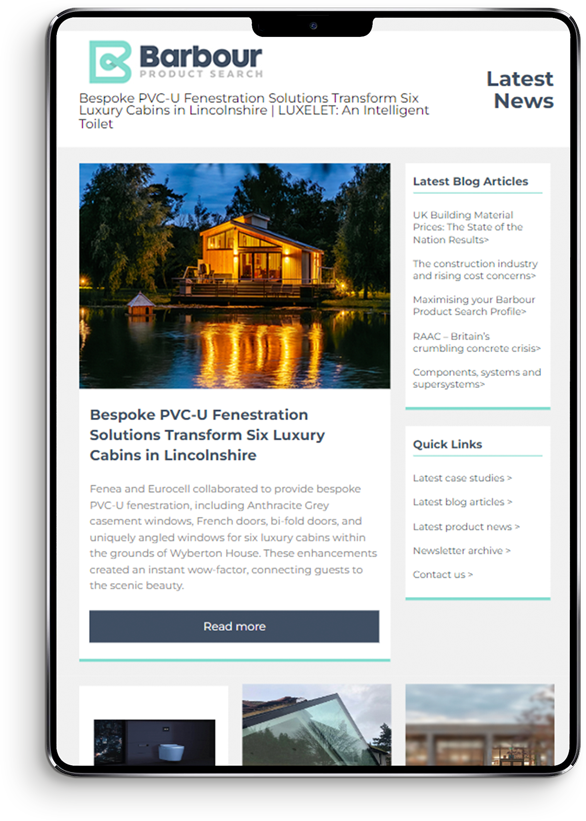Nowadays all existing systems provide room thermostats, where the individual user could change manually: Troom, Fan speed and switch modes (cooling or heating).
VMF offers either: 1. Full Automatic control, where Tset, room for each individual room is adjusted through the EMS and operator, or 2. Limited User control, where the user in the room can only adjust Tset, room in narrow limits (In Cooling Tset,room=22-26°C; In Heating Tset,room = 19-24°C). In both control variants, the speed of the fans and switching betw. Cooling and heating is done automatically, depending on the difference betw. Troom and Tset,room. Fresh air is constantly supply at all times!
Fully Automatic control provides stable work of the VMF system (without constant fluctuations coming from the individual user adjustments) and higher energy savings for the end user
CO2 control or lack of it…
CO2 control (Demand-Controlled Ventilation-DCV) is well known in the existing ventilation systems. Basically when the occupancy in the room gets lower, detected by the CO2 sensor, the ventilation systems also slows down, and thus realize some energy savings.
…Well VMF works exactly on the opposite principle- Damvent constantly provide 100% fresh air at max.design conditions airflow, but with min. energy costs. In VMF concept the fresh air is not related only to the number of people and their presence, but also is an important part in Troom control and energy recovery efficiency. Neither CO2 sensors, nor occupancy sensors are part of VMF…Simpler and Better at the same time.
Automatic vs. User control in the rooms
| T | +44 (0) 1689 857136 |
|---|---|
| E | pbullock@damvent.com |
| W | Visit Damvent's website |
| Zahari Stoyanov Blvd, 8009, Meden Rudnik, Burgas |
Products by this Company








